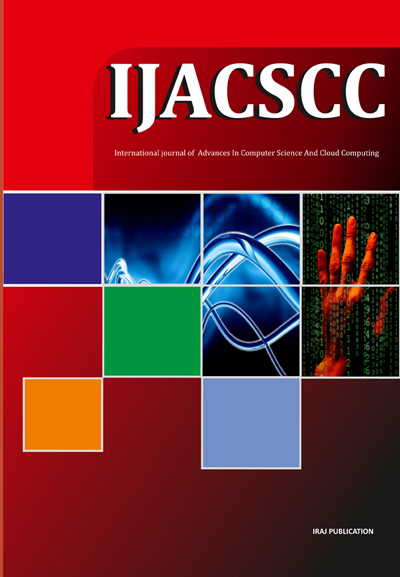Publish In |
International Journal of Advances in Computer Science and Cloud Computing (IJACSCC)-IJACSCC |
 Journal Home Volume Issue |
||||||||
Issue |
Volume-2,Issue-1 ( May, 2014 ) | |||||||||
Paper Title |
Existing Security Measurement Model In Cloud Computing (ESMM) | |||||||||
Author Name |
Irvin Singh Dua, Ved Vyas Diwedi | |||||||||
Affilition |
Computer Science Department, Singhania University, Pacheri Nari, Distt.Jhunjhunu, Rajasthan, India | |||||||||
Pages |
19-26 | |||||||||
Abstract |
Abstract: In last few years, cloud computing concept has emerged a lot which result that it has become the fastest growing business for the IT industry. In this paper, I present an extensive review on cloud computing with the main focus on gaps and security concerns. We identify the top security threats and their existing solutions. We also investigate the challenges/obstacles in implementing threat remediation. To address these issues, we propose a proactive threat detection model by adopting three main goals: (i) detect an attack when it happens, (ii) alert related parties (system admin, data owner) about the attack type and take combating action, and (iii) generate information on the type of attack by analysing the pattern (even if the cloud provider attempts subsection). To emphasize the importance of monitoring cyber-attacks we provide a brief overview of existing literature on cloud computing security. Then I generate some real cyber-attacks that can be detected from performance data in a hypervisor and its guest operating systems. I employ modern machine learning techniques as the core of our model and accumulate a large database by considering the top threats. A variety of model performance measurement tools are applied to verify the model attack prediction capability. I observed that the Support Vector Machine technique from statistical machine learning theory is able to identify the top attacks with an accuracy of 97.13%. I have detected the activities using performance data (CPU, disk, network and memory performance) from the hypervisor and its guest operating systems, which can be generated by any cloud customer using built-in or third party software. Thus, one does not have to depend on cloud providers’ security logs and data. I believe our line of thoughts comprising a series of experiments will give researchers, cloud providers and their customers a useful guide to proactively protect themselves from known or even unknown security issues that follow the same patterns. In this paper will focus on existing models available for security and will discuss the loopholes and later will discuss the Proactive approach to detect and cure the security issues using machine learning techniques. | |||||||||
| View Paper | ||||||||||